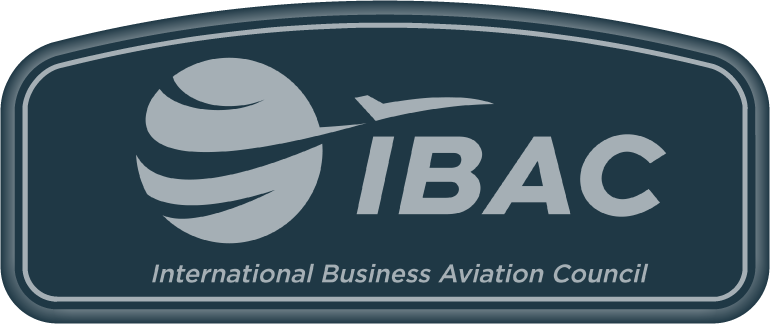Info
&
Insights
Fostering a Culture of Safety: Promoting a Safety Management System in a Small Flight Department
February 12, 2024

Safety management systems (SMS) are vital for promoting a proactive and systematic approach to safety within aviation organizations. While larger flight departments may have more resources and dedicated safety personnel, smaller flight departments face unique challenges when it comes to promoting and implementing a robust SMS. In this article, we will explore effective strategies to promote a safety management system in a small flight department, fostering a culture of safety and enhancing operational excellence.
Leadership Commitment
Promoting a safety management system starts with strong leadership commitment. The leaders of the flight department must demonstrate a genuine commitment to safety and lead by example. Establish safety as a core value, prioritize it in decision-making processes, and allocate necessary resources to support the SMS implementation and continuous improvement.
Communication and Engagement
Effective communication is crucial to promote the importance of the SMS throughout the flight department. Clearly communicate the objectives and benefits of the SMS to all employees, emphasizing their roles and responsibilities in maintaining a safe operation. Encourage open dialogue and active participation, welcoming suggestions, feedback, and safety-related concerns from all members of the department.
Training and Education
Invest in training and education programs to ensure that all employees have the knowledge and skills required to support the SMS. Provide comprehensive initial and recurrent training on safety policies, procedures, and risk management practices. Tailor the training to the specific needs and operations of the flight department, promoting a deep understanding of the SMS and its relevance to daily tasks.
Safety Reporting and Confidentiality
Create a reporting culture that encourages employees to report safety concerns, incidents, near misses, or hazards without fear of reprisal. Establish a confidential reporting system that protects the anonymity of individuals, allowing them to share information openly and without hesitation. Encourage the reporting of both positive safety performance and areas for improvement, emphasizing the importance of learning from past experiences.
Safety Risk Management
Implement a structured safety risk management process within the flight department. Encourage employees to identify hazards, assess risks, and propose mitigation strategies. Foster a proactive approach to risk management by conducting regular risk assessments, evaluating safety trends, and implementing appropriate controls to minimize risks. Communicate the outcomes of risk assessments and demonstrate the effectiveness of risk mitigation measures.
Continuous Improvement
Promote a culture of continuous improvement by regularly reviewing the SMS and identifying opportunities for enhancement. Conduct internal audits to evaluate the effectiveness of safety procedures, documentation, and compliance with regulations. Engage employees in identifying areas for improvement and encourage their active participation in the development of corrective actions and safety initiatives.
Recognition and Incentives
Acknowledge and recognize individuals and teams that demonstrate exceptional commitment to safety. Establish safety-related incentives or rewards programs to encourage active participation, engagement, and adherence to safety protocols. Celebrate safety milestones, achievements, and successful safety initiatives to reinforce the importance of safety within the flight department.
Promoting a safety management system in a small flight department requires dedicated efforts, strong leadership, and a commitment to fostering a culture of safety. By emphasizing leadership commitment, effective communication, comprehensive training, safety reporting, risk management, continuous improvement, and recognition, flight departments can successfully promote and integrate an SMS. Through these strategies, small flight departments can enhance safety awareness, mitigate risks, and create a safe and resilient operating environment, ensuring the well-being of their employees and the success of their operations.
###





